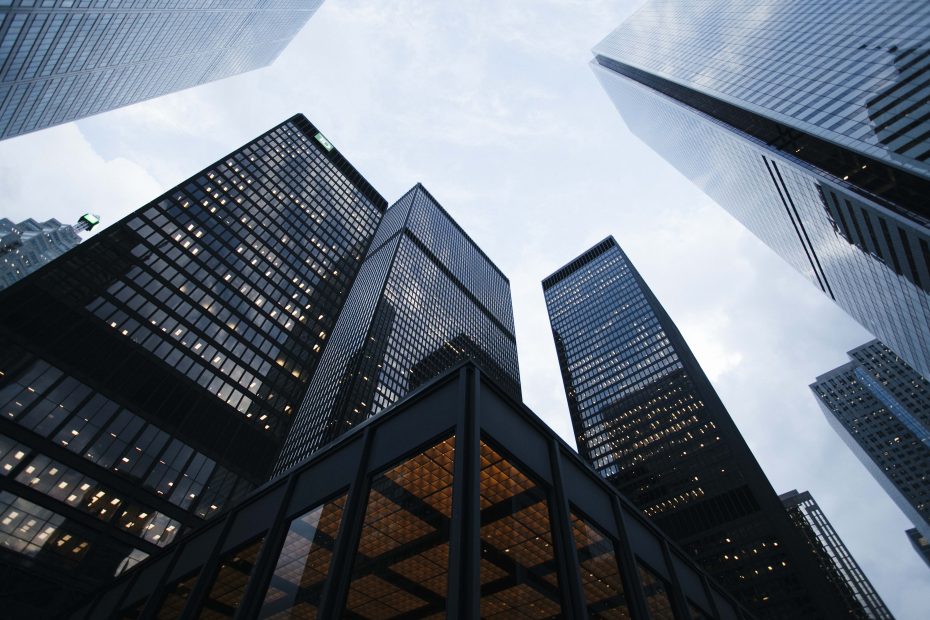Table of Contents
Introduction
Singapore boasts an architectural landscape as diverse as its multicultural population. From carefully conserved colonial buildings to bold, futuristic skyscrapers, Singapore’s architecture tells a captivating story. Join me as we explore the historical landmarks, modern marvels, and community spaces that make up this city-state’s built environment.
From Colonial Past to Cosmopolitan Present
Although a young nation, Singapore still harbors traces of its colonial past in beautifully restored landmarks. The elegant Raffles Hotel, opened in 1887, remains an enduring symbol of British colonial rule. Its white Victorian facade and tropical gardens transport visitors back to colonial times. Another fine example is CHIJMES, a 19th-century Catholic convent transformed into a dining and entertainment complex. The Gothic-inspired chapel at its center offers an architectural glimpse of Singapore’s religious diversity. The Fullerton Hotel is similarly installed in the former Fullerton Building, a 1928 neoclassical landmark overlooking Marina Bay.
As Singapore modernized, its skyline transformed with bold, futuristic skyscrapers. Marina Bay Sands’ triple hotel towers fronted by the cantilevered SkyPark form an iconic addition to the waterfront. The curving glass and metal shell of the Esplanade performing arts center earned it the nickname “The Durian.” Nature takes center stage at Gardens by the Bay, where space-age Supertrees tower over plant domes and gardens. These ultra-modern icons show how Singapore embraces both global and local influences.
Looking to the Future
Singapore continues to push architectural boundaries with forward-looking projects. The Pinnacle@Duxton public housing development utilizes innovative skybridges to connect seven towers. Vertical gardens and air purification systems make it exceptionally green. Parkroyal Pickering Hotel dramatically fuses nature and architecture with its striking facade of terraced greenery and balconies. Another head-turning design is Sky Habitat, a residential complex of carbon-fiber bridges linking two tower blocks. Singapore dares to dream big while addressing environmental sustainability.
Notable Architects Behind Singapore’s Built Environment
World-renowned architects have shaped Singapore’s architectural renaissance. British architect Norman Foster designed iconic buildings like the UOB Plaza and the Crown at Pickering hotel. Canadian-American architect Moshe Safdie’s local projects include the Marina Bay Sands, Jewel Changi Airport, and Raffles City. Danish architect Bjarke Ingels’ 116-meter-tall stepping skyscraper nicknamed “The Big Smoke” integrates workplaces, green terraces, and urban farming. These visionaries blended function, aesthetics, and technology to create uniquely Singaporean landmarks.
Blending Old and New
Instead of replacing historic buildings, Singapore repurposes and integrates them with modern designs. The former Supreme Court and City Hall were transformed into the National Gallery Singapore. Architects skillfully fused a modern glass and metal facade with the original Neoclassical structures. Similarly, the original curved walls, domed entrance, and columned interior of the 1930s Capitol Theatre were retained during its makeover. The end result pays homage to heritage while re-energizing these sites.
Architecture for Community Building
From star architects to public housing estates, Singapore’s architecture promotes community bonds. Public housing towns like Punggol and Tampines utilize lush greenery, parks, amenities, and community spaces to create inviting environments. Civic districts integrate culture, leisure, shopping, and dining experiences with transit connectivity. For instance, the civic district along Empress Place houses museums, colonial buildings, restaurants, and promenades. Thoughtful architecture uplifts everyday spaces into vibrant community gathering places.
Conclusion
Singapore boasts one of the world’s most dynamic architectural identities – historically rich, sustainably futuristic, and community-oriented. Looking ahead, Singapore will likely continue leading the way in livable, innovative, context-sensitive architecture and city planning. Most importantly, Singapore’s built heritage tells a story that resonates proudly with its diverse communities. From restored shophouses to vertiginous green skyscrapers, Singapore’s architecture will continue evolving while paying homage to its cross-cultural roots.
FAQs
Q: What are some examples of colonial architecture in Singapore?
A: Prominent examples include the Raffles Hotel, CHIJMES, and the Fullerton Hotel, which are restored landmark buildings from Singapore’s British colonial era in the 1800s and early 1900s.
Q: How did Singapore embrace architectural innovation and sustainability?
A: Singapore adopted bold, futuristic designs like Gardens by the Bay and the Marina Bay Sands integrated with sustainable features like vertical greenery, renewable energy, and recycling. Notable eco-friendly projects include Parkroyal Pickering Hotel and Pinnacle@Duxton housing estate.
Q: Who are some famous architects who have designed iconic buildings in Singapore?
A: Renowned international architects include Norman Foster, Moshe Safdie, and Bjarke Ingels. Their designs in Singapore include the UOB Plaza, Jewel Changi Airport, Marina Bay Sands, and a stepping skyscraper nicknamed “The Big Smoke.”
Q: How does Singapore’s architecture promote community bonding?
A: Public housing estates and civic districts incorporate community spaces and amenities to bring people together. Architecture aims to create livable, vibrant communities rather than isolated developments.
Q: How does Singapore’s architecture blend old and new?
A: Instead of demolishing historic buildings, Singapore creatively integrates them with modern designs, like at the National Gallery Singapore and Capitol Theatre. This retains cultural heritage while rejuvenating the sites.
